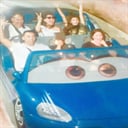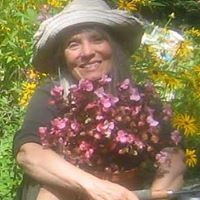Bunraku is a form of puppet theatre originating in which country?
Bunraku also known as Ningyō jōruri, is a form of traditional Japanese puppet theatre, founded in Osaka in the beginning of 17th century. Three kinds of performers take part in a bunraku performance: the Ningyōtsukai or Ningyōzukai (puppeteers), the Tayū (chanters) and shamisen musicians. Occasionally other instruments such as taiko drums will be used.
The most accurate term for the traditional puppet theater in Japan is ningyō jōruri. The combination of chanting and shamisen playing is called jōruri and the Japanese word for puppet (or dolls, generally) is ningyō. It is used in many plays.
Bunraku puppetry has been a documented traditional activity for Japanese people for hundreds of years.
Bunraku's history goes as far back as the 16th century but the origins of the modern form can be traced to the 1680s. It rose to popularity after the playwright Chikamatsu Monzaemon (1653-1724) began a collaboration with the magnificent chanter Takemoto Gidayu (1651-1714), who established the Takemoto puppet theater in Osaka in 1684. Originally, the term Bunraku referred only to the particular theater established in 1805 in Osaka, which was named the Bunrakuza after the puppeteering ensemble of Uemura Bunrakuken (1751–1810), an early 18th-century puppeteer from Awaji, whose efforts revived the flagging fortunes of the traditional puppet theater.
More Info:
en.wikipedia.org





